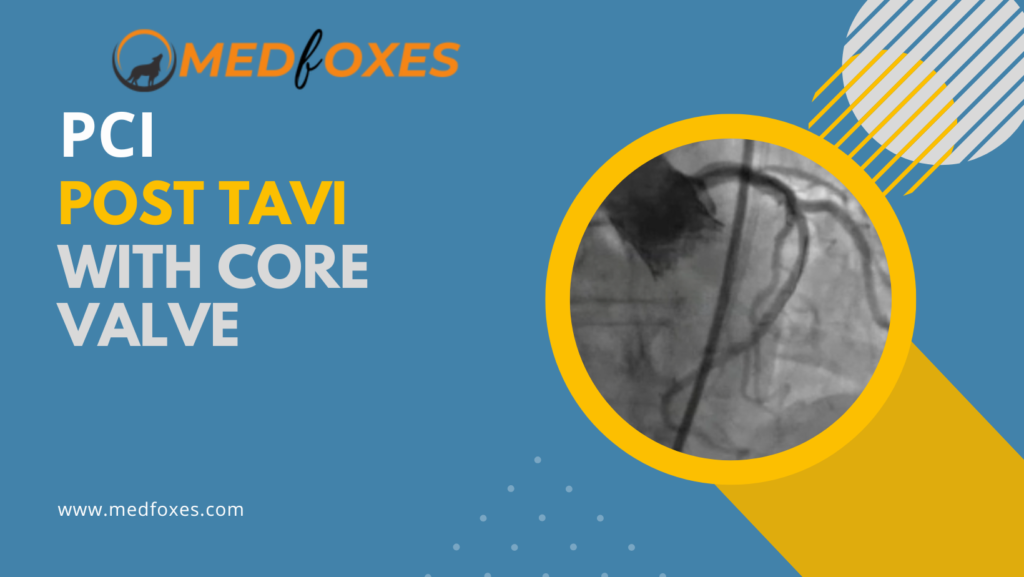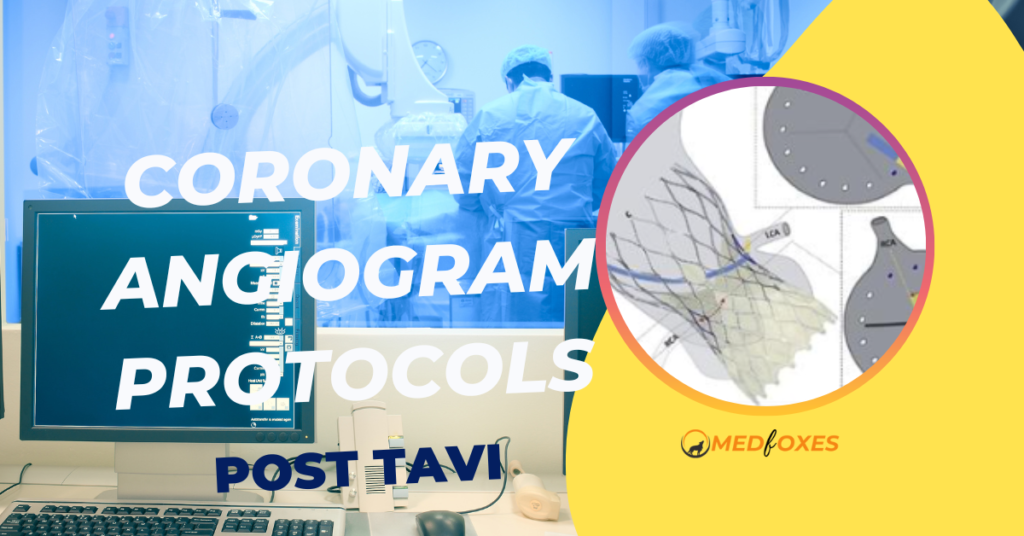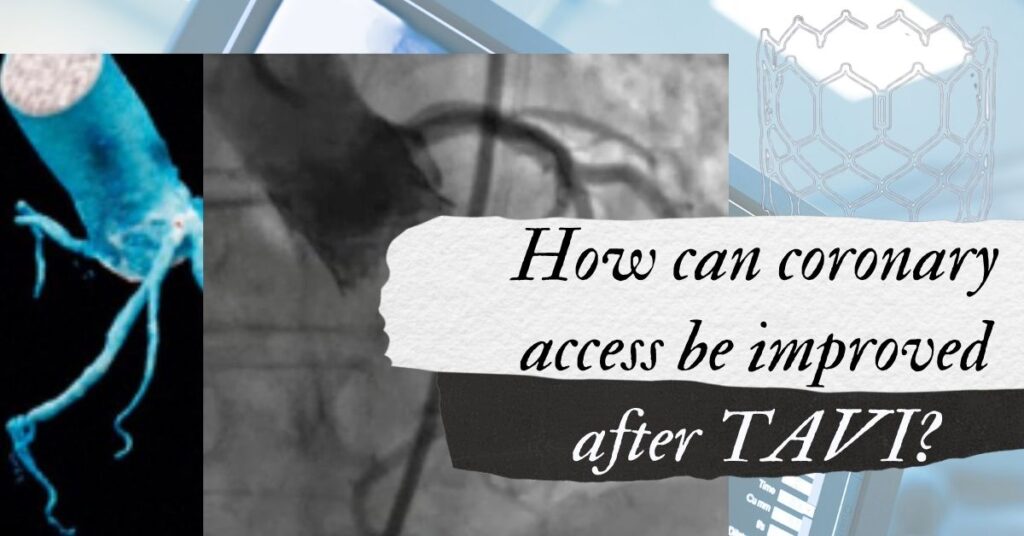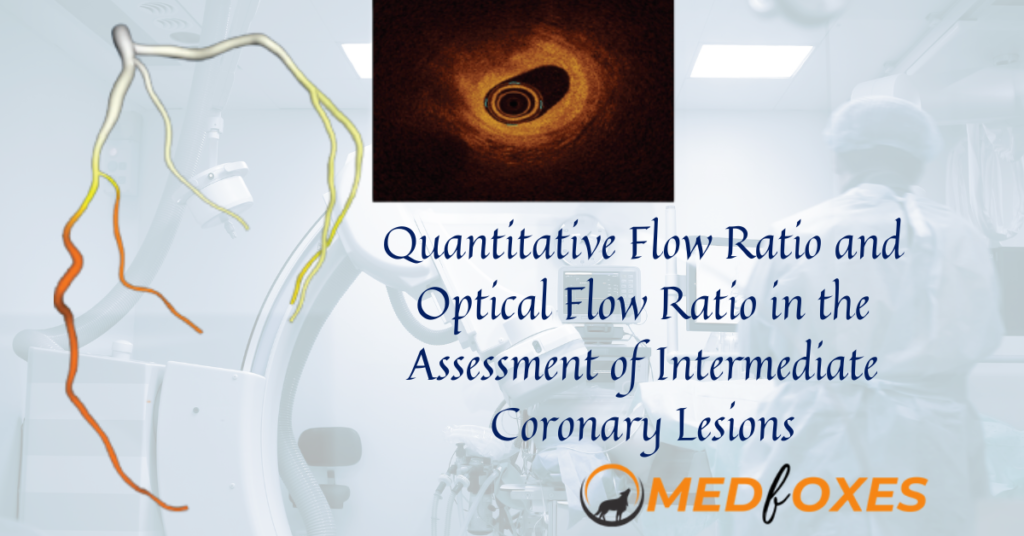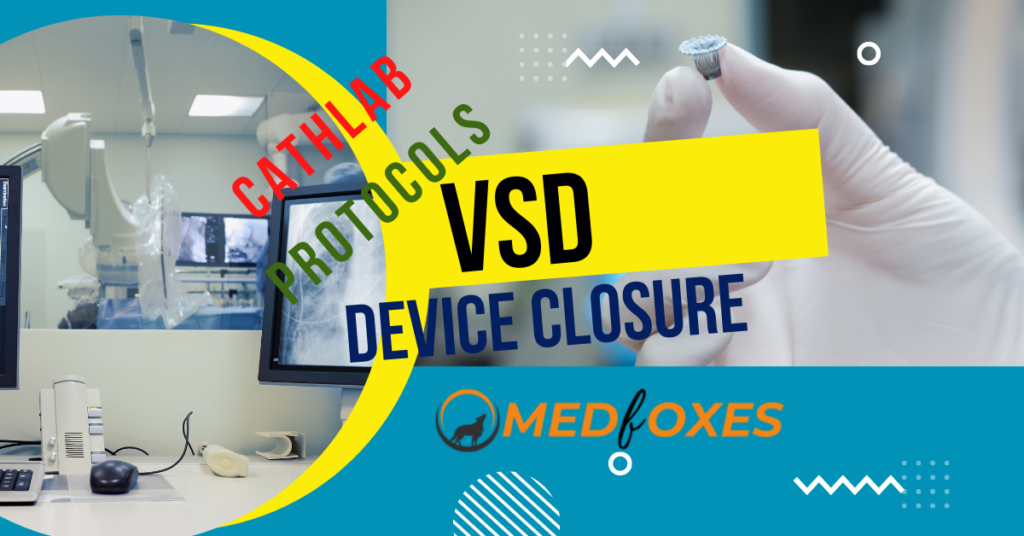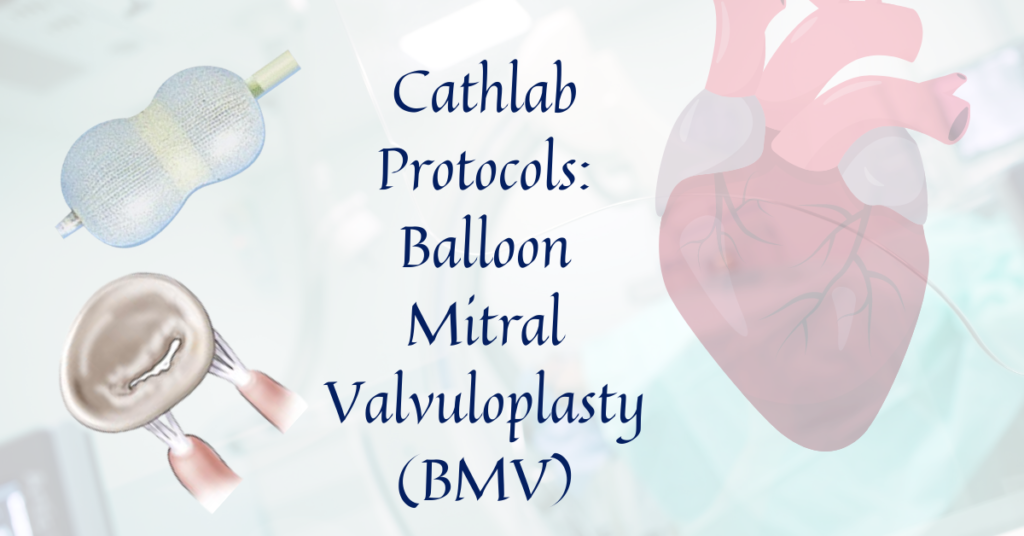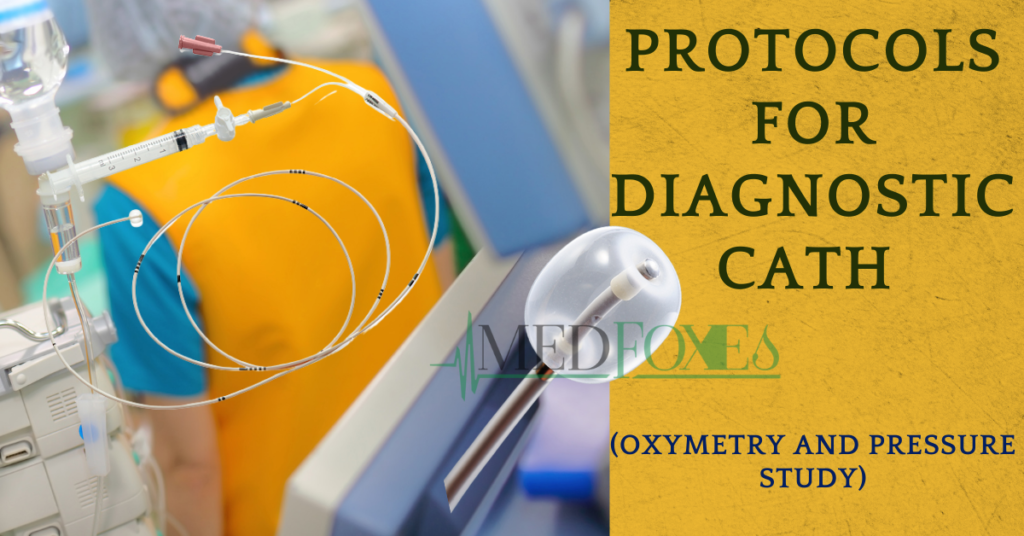PCI Post TAVI with Core Valve
Unplanned PCI post TAVI is uncommon, and the incidence decreases over time. In the first two years following TAVI, acute coronary syndrome is the primary rationale for PCI; thereafter, chronic coronary syndromes are more common. Balloon-expandable and self-expandable bioprostheses appear to have no differences in the frequency or success of unplanned PCIs after TAVR. Hardware’s […]
PCI Post TAVI with Core Valve Read More »

